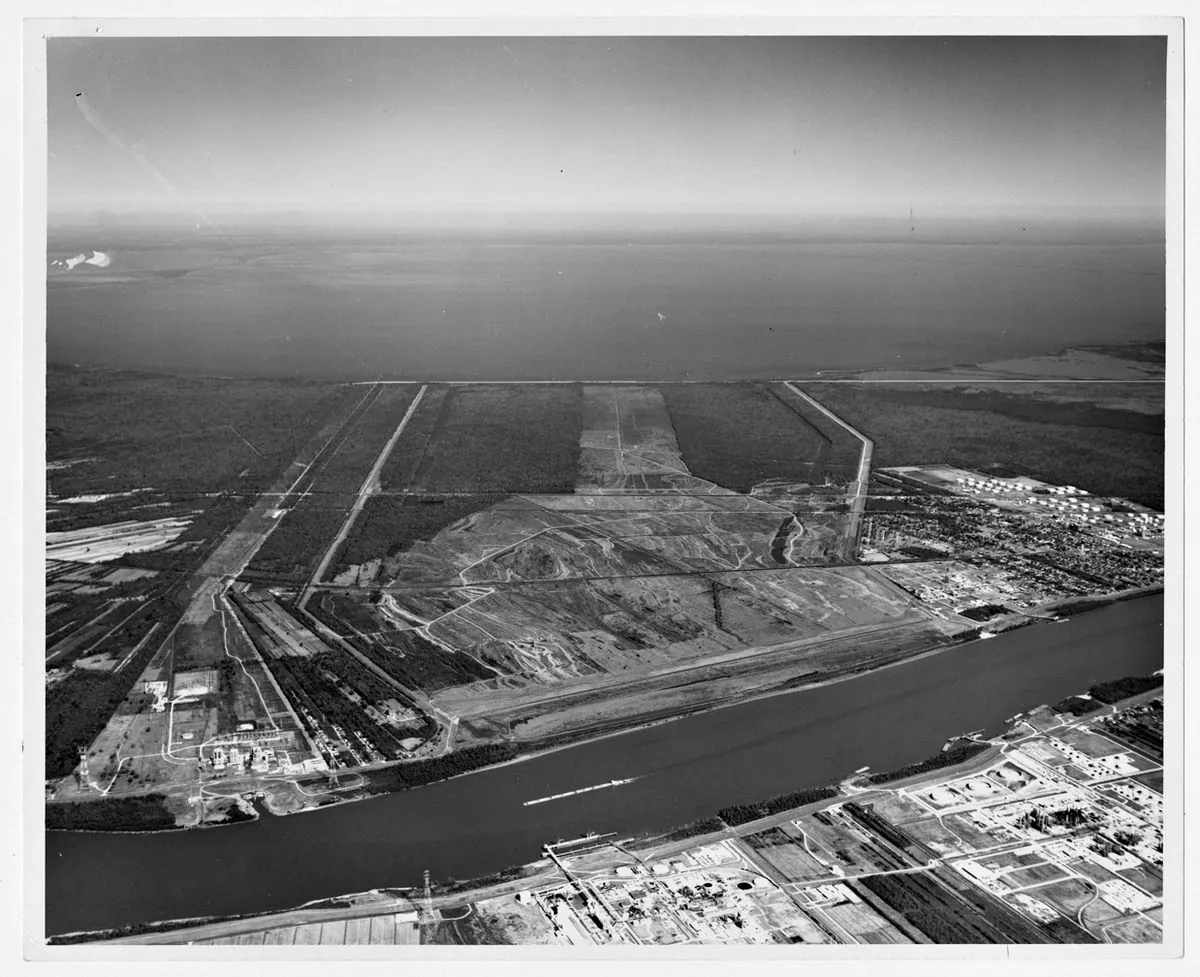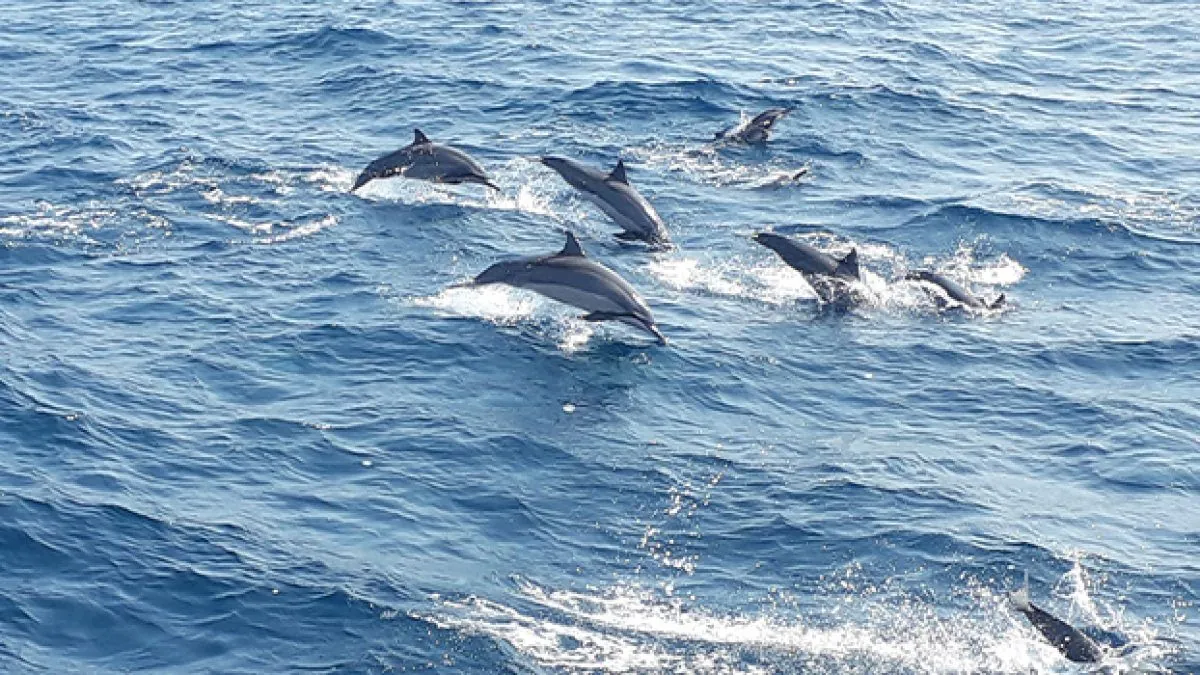Judge Dismisses Lawsuit Protecting Gulf Coast Dolphins from Spillway Impact
A federal judge has dismissed a lawsuit aimed at safeguarding dolphins along the Mississippi Gulf Coast. The case, filed by local groups, challenged the Army Corps' operation of a flood control spillway.

A federal judge has dismissed a lawsuit seeking to protect bottlenose dolphins along the Mississippi Gulf Coast. The case, filed by the Mississippi Sound Coalition, challenged the U.S. Army Corps of Engineers' operation of the Bonnet Carre' Spillway.
U.S. District Court Judge Louis Guirola Jr. ruled on September 18, 2024, that the coalition lacked legal standing to sue. The judge determined that the plaintiffs failed to demonstrate imminent harm from future spillway openings.
The Bonnet Carre' Spillway, completed in 1931, is a flood control structure located in St. Charles Parish, Louisiana. It can divert up to 250,000 cubic feet per second of water from the Mississippi River to Lake Pontchartrain and Lake Borgne, eventually flowing into the Mississippi Sound and the Gulf of Mexico.

The lawsuit, filed in January 2024, stemmed from a prolonged spillway opening in 2019 that lasted 120 days. This event reportedly led to the death and illness of numerous dolphins, with 142 sick and dead dolphins washing ashore. The coalition argued that the influx of polluted freshwater harmed the local marine ecosystem and negatively impacted tourism and seafood industries.
"The Marine Mammal Protection Act requires the Army Corps and other agencies to obtain a U.S. Department of Commerce permit when their actions may kill, harm, or harass animals like the bottlenose dolphin."
The coalition sought a court order requiring the Army Corps to obtain permits before future spillway operations. However, Judge Guirola ruled that the potential for future harm was too speculative, noting that no evidence of dolphin harm was presented during the spillway's most recent opening in 2020 or previous openings in 2018 and 2016.
The Army Corps of Engineers, founded in 1802, operates the spillway to alleviate pressure on New Orleans' levee system during high river levels. This system was significantly improved following Hurricane Katrina in 2005. While the spillway helps protect New Orleans, its operation introduces pollutants and reduces salinity in the Mississippi Sound.
Bottlenose dolphins, which can live up to 60 years in the wild, are found in temperate and tropical waters worldwide. The Marine Mammal Protection Act, enacted in 1972, aims to conserve marine mammal populations. However, in this case, the judge determined that the act's provisions did not apply due to the unpredictable nature of spillway operations and their potential impact on dolphins.
The dismissal of this lawsuit highlights the complex balance between flood control measures and environmental protection in the Gulf Coast region. As climate change potentially increases the frequency of extreme weather events, finding sustainable solutions that protect both human settlements and marine ecosystems remains a critical challenge.


































